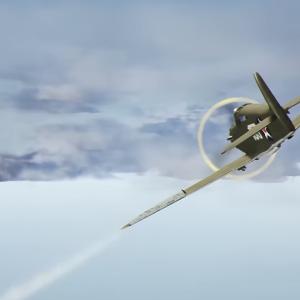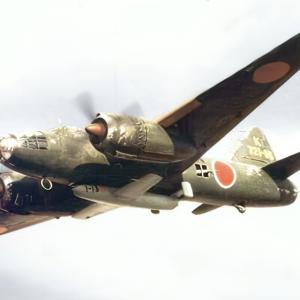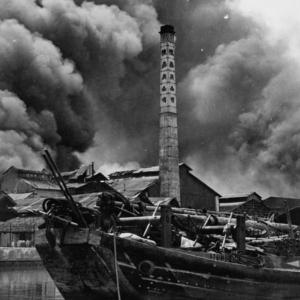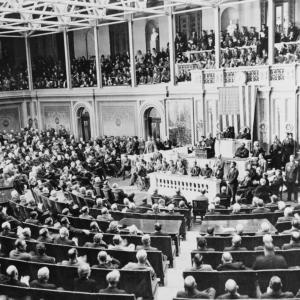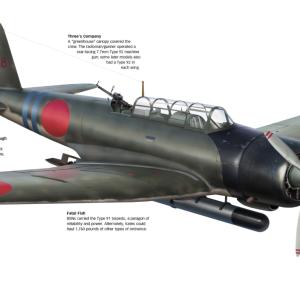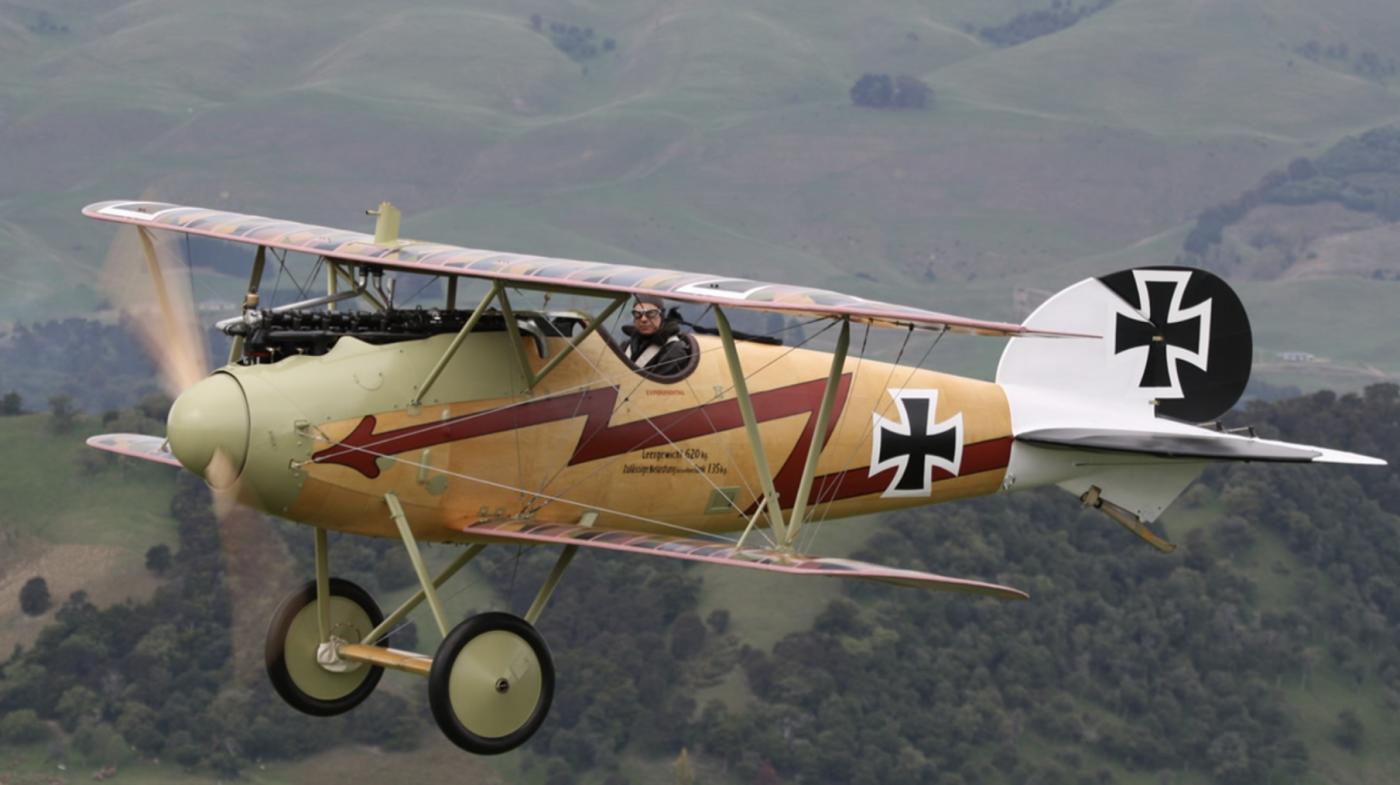
Albatross WW1 plane
The Albatros D.III was one of the most significant German fighter aircraft of the First World War. Designed by Robert Thelen and his team at Albatros Flugzeugwerke, it was developed as an improvement over its predecessor, the D.II. Inspired in part by the French Nieuport 11, the D.III adopted a sesquiplane wing configuration, meaning the lower wing was significantly narrower than the upper. This design choice offered better visibility and maneuverability, though it would later introduce structural weaknesses.
Production began in late 1916, with the aircraft entering front-line service in early 1917. A total of around 1,866 units were built, with the majority produced by Albatros itself, while others were manufactured under license by the Austrian firm Oeffag for use by the Austro-Hungarian Air Force. It quickly became the dominant fighter of the German Jagdstaffeln, replacing earlier models and giving German pilots a significant advantage during what became known as "Bloody April" in 1917.
It was powered by a 6-cylinder Mercedes D.III engine, producing approximately 170 horsepower. This engine provided a maximum speed of about 175 kilometers per hour, or roughly 109 miles per hour. Its service ceiling, or maximum operational altitude, was around 5,500 meters, which equates to over 18,000 feet. The flying range was approximately 300 kilometers, or about 186 miles, which was typical for single-seat fighters of the period.
In combat, the aircraft served primarily as a front-line fighter. It was equipped with twin synchronized 7.92 mm Spandau machine guns mounted in front of the cockpit. The synchronization gear allowed the guns to fire through the spinning propeller without damaging the blades, a crucial technological feature for fighter aircraft of the era. It was flown by many of Germany’s top aces, including Manfred von Richthofen, the famous "Red Baron," who scored a number of his early victories in this type.
Despite its initial success, the D.III suffered from structural problems, particularly with the lower wing. Under high stress, especially during steep dives, the wing could twist or even fail entirely. This issue led to several fatal crashes and prompted temporary groundings until reinforcements and design improvements were introduced. Nevertheless, even with its flaws, the fighter remained in service well into 1918, although it was eventually superseded by newer models such as the D.V and later, the Fokker D.VII.

